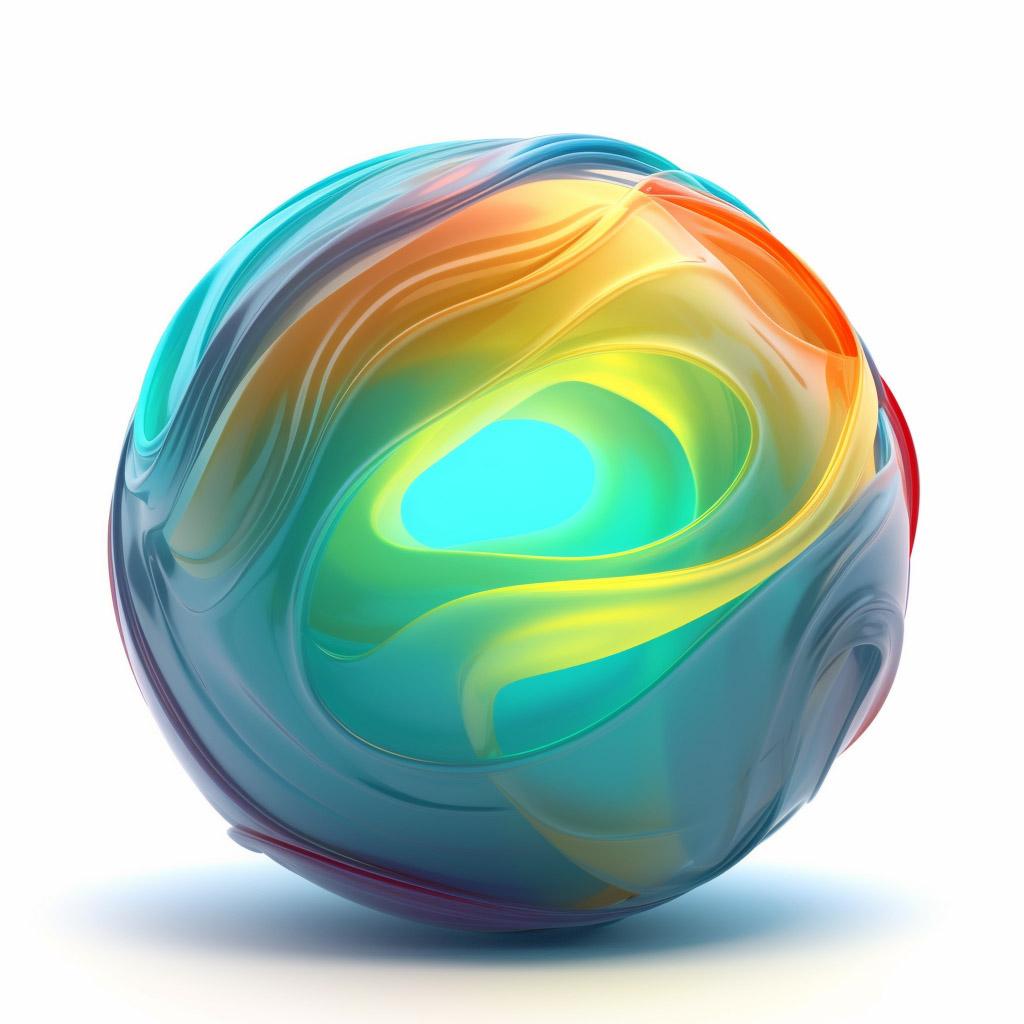
How Will Quantum Computing Impact Cybersecurity?

Can microwaves be used for sterilization and disinfection purposes?

What is the role of light in optical illusions and visual tricks?
Light plays a crucial role in optical illusions and visual tricks. It interacts with our eyes and brain to create perceptions that may differ from reality. By manipulating how light enters our eyes, these illusions can distort our perception of shapes, colors, and movements. Understanding the role of light in optical illusions can help us appreciate the power of our visual system and the tricks it can play on us.
How does light impact optical illusions and visual tricks?
Light impacts optical illusions and visual tricks by influencing how we perceive objects and the environment. Different lighting conditions can alter the appearance of an illusion or trick. For example, shadows created by light can give depth and dimension to a two-dimensional illusion, making it appear more realistic. Light also affects the way colors are perceived, which can be exploited in visual tricks involving color gradients or contrasts.
Can light create or enhance visual tricks and optical illusions?
Yes, light can create and enhance visual tricks and optical illusions. By strategically placing light sources, changing their intensity or direction, and using reflective surfaces, illusionists can create captivating effects. Light can make objects appear to disappear, change shape, or move in unexpected ways. It can also enhance the visibility of certain elements in an illusion, making them more pronounced and impactful for the viewer.
What role does lighting play in shaping optical illusions?
Lighting plays a crucial role in shaping optical illusions. The direction and intensity of light can influence the perceived depth, size, and position of objects within an illusion. Different lighting angles can create shadows and highlights that contribute to the illusion’s overall effect. Additionally, lighting can help hide or reveal specific elements of an illusion, guiding the viewer’s attention and enhancing the illusion’s impact.
How does light manipulation contribute to visual trickery and illusions?
Light manipulation is a powerful tool in creating visual trickery and illusions. By carefully controlling the light’s characteristics, illusionists can create illusions that defy logic and challenge our perception. By manipulating the color, intensity, and direction of light, they can create illusions of floating objects, impossible shapes, or even changes in size and proportion. Light manipulation allows illusionists to create visually stunning effects that captivate and amaze audiences.
In conclusion, light plays a vital role in optical illusions and visual tricks. It impacts the way we perceive these illusions, can create and enhance their effects, shapes their appearance, and is crucial for their creation. Understanding the role of light in visual illusions helps us appreciate the complexities of our visual system and the wonders it can create. So, the next time you encounter an optical illusion or visual trick, take a moment to appreciate the role light plays in shaping our perception and enjoy the magic it brings.
